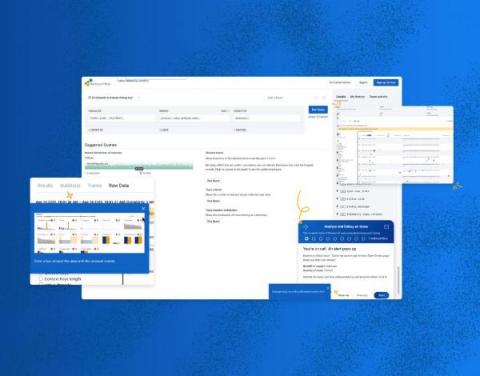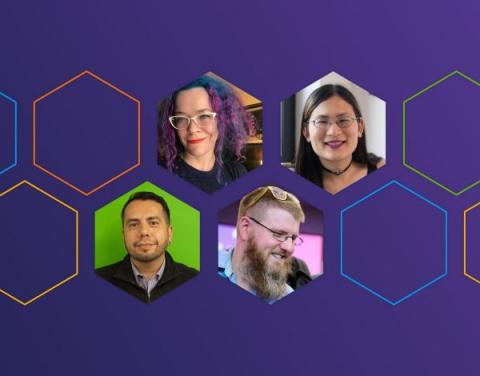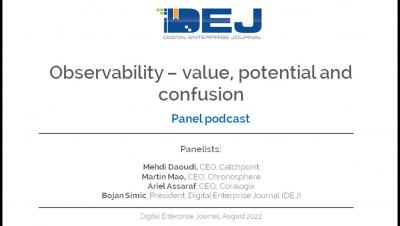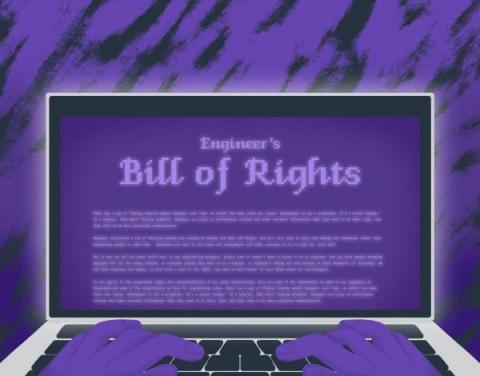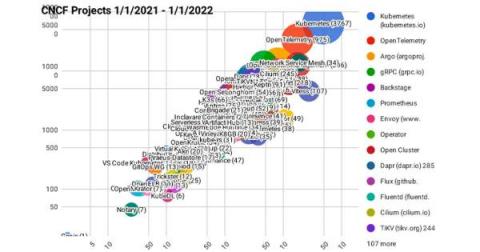Honeycomb Play: Test Drive Honeycomb Without Signup or Setup
Honeycomb Play is an interactive sandbox that lets users explore Honeycomb’s data-enriched UI through a guided scenario. The hands-on experience takes a deep dive into how Honeycomb enables you to identify issues, assess their impact, and diagnose their causes for remediation. There is no requirement to sign up—simply dive in and get started right away!


